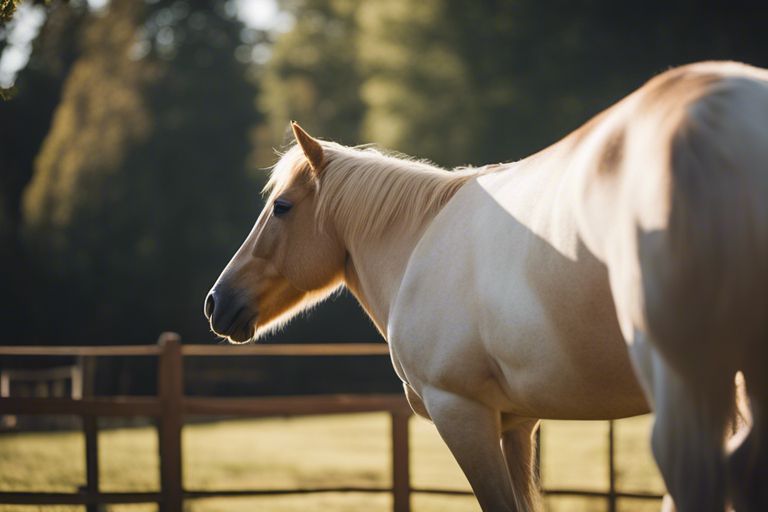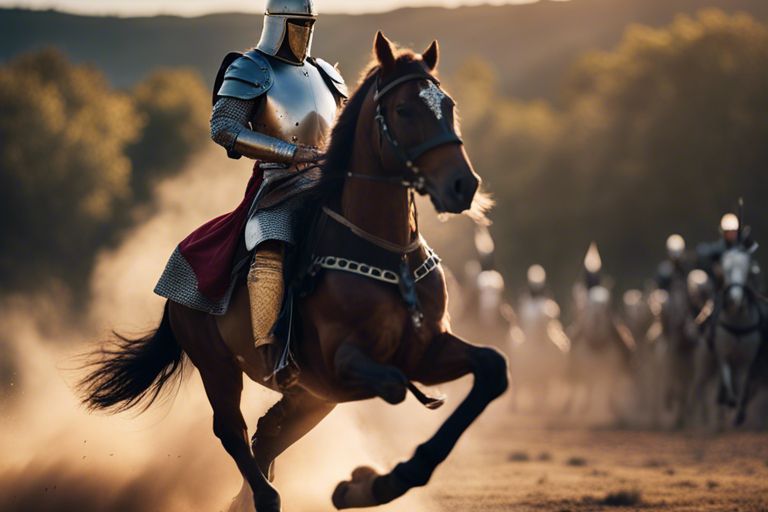There’s a certain harmony that exists on a farm when horses coexist with other farm animals. As you probe into the intricacies of farm life, you’ll uncover the unique dynamics between these majestic creatures and their fellow companions. From the loyal guardian instincts of a horse towards smaller animals to the benefits of their interaction for overall farm productivity, this relationship is a fascinating tapestry worth exploring.
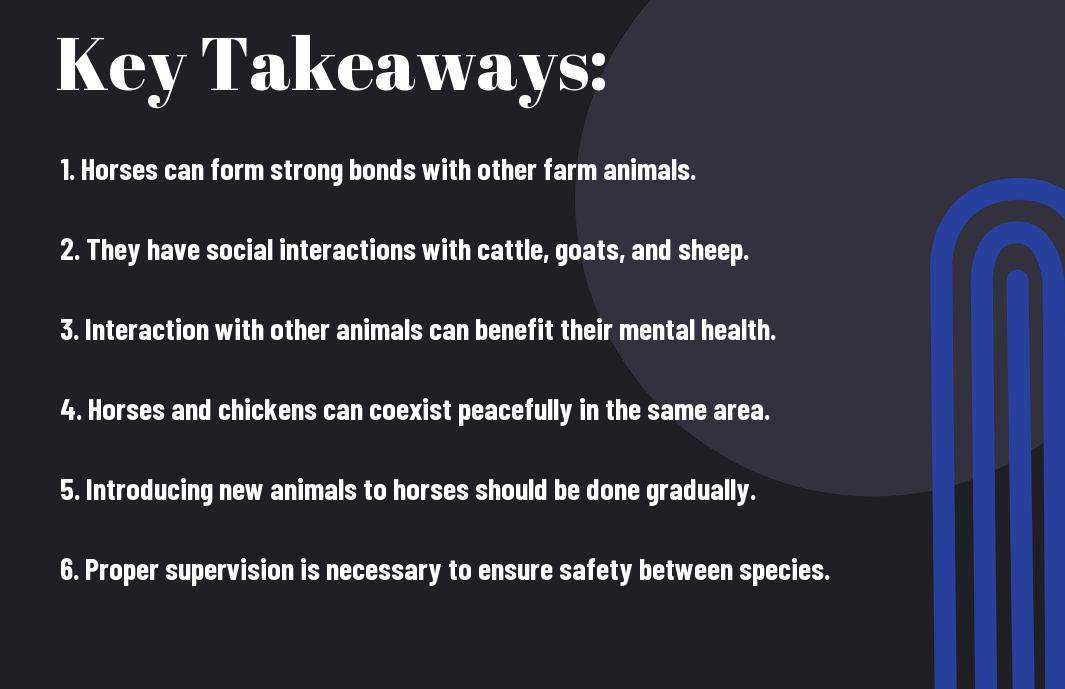
Historical Background
Domestication of Horses
With the domestication of horses dating back to around 4000 BC, these magnificent animals have played a significant role in human history. Initially used for food, it wasn’t long before they were tamed and used for transportation and farming. The bond between humans and horses grew stronger over time, leading to their integration into daily agricultural practices.
Early Farming Practices
One of the earliest forms of farming involved the use of horses, cattle, and other animals to plow fields and harvest crops. Horses were vital in aiding farmers during planting and harvest seasons, helping to increase efficiency and productivity on the farm. Their strength and speed were unmatched, making them invaluable assets to farmers.
Historically, horses not only helped with farming tasks but also provided companionship to farmers and their families. This close relationship created a deep bond between humans and horses, shaping the way farms operated and thrived. It’s fascinating to see how these animals have been an integral part of agricultural practices for centuries.
Social Dynamics
Now, let’s explore into the intricate social dynamics that exist between horses and other farm animals. Understanding how horses interact with different species can give you valuable insights into their behavior and relationships.
Horse-Hierarchy and Pecking Order
Dynamics: Horses are known for their hierarchical social structure, where each animal falls into a specific rank within the herd. This pecking order is established through various interactions such as dominance displays, grooming rituals, and spatial positioning. Understanding the hierarchy within a group of horses can help you better manage their interactions and anticipate any potential conflicts that may arise. It’s important to respect their social dynamics to ensure a harmonious environment.
Interactions with Other Farm Animals
With their innate herd instinct, horses can form bonds with other farm animals like goats, sheep, or even cows. These interactions can be mutually beneficial, providing companionship and a sense of security. However, it’s crucial to monitor these relationships closely to prevent any aggressive behavior or injuries that may occur, especially if there is a significant size difference between the animals.
Order: When introducing horses to other farm animals, always supervise their interactions and provide enough space for each animal to retreat if needed. It’s important to consider the temperament and personalities of all the animals involved to ensure a safe and positive environment for everyone. By promoting peaceful coexistence and respecting each animal’s boundaries, you can create a harmonious farm setting where different species can thrive together.
Communication Methods
Once again, the intriguing world of communication among farm animals is a fascinating subject to explore. Concerning the relationship between horses and other farm animals, communication methods play a crucial role in maintaining harmony and understanding among the different species.
Vocalizations and Body Language
To truly understand the relationship between horses and other farm animals, one must pay close attention to their vocalizations and body language. **Horses communicate through a variety of sounds and gestures, such as neighing, snorting, and ear movements**. These vocalizations and body cues can convey a range of emotions and intentions, helping horses and other farm animals establish boundaries, express fear, or signal submission.
Scent Marking and Territorial Behavior
On the other hand, scent marking and territorial behavior also play a significant role in the communication dynamics between horses and other farm animals. **Horses use scent marking to define their territory and communicate information about their identity and reproductive status**. By leaving scent marks through urine or rubbing against objects, horses can convey messages to other animals in the vicinity.
Language:
Scent marking is not only a way for horses to mark their territory but also serves as a means of **communication and establishing hierarchies within a group**. Through scent marking, horses can assert dominance or submit to a higher-ranking individual, leading to a structured social order within the herd.
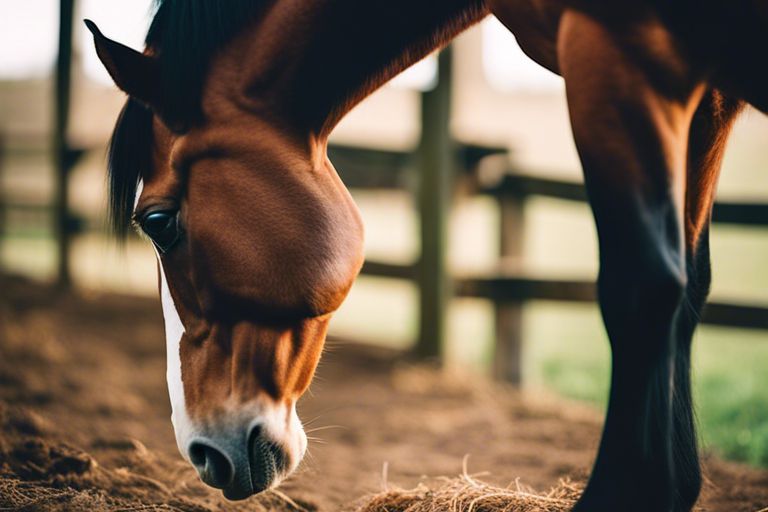
Mutual Benefits
Grazing and Foraging Partnerships
For horses and other farm animals, there are several mutual benefits to be gained through grazing and foraging partnerships. When horses graze alongside other animals such as cows or sheep, they can help keep the grass at optimal length for all animals. Horses tend to graze more selectively, leaving behind the longer and tougher grass for the other animals to consume, while they prefer the shorter and softer grass. This helps maintain a more balanced and diverse pasture for all the farm animals.
Protection and Alert Systems
For horses and other farm animals, forming protection and alert systems can be crucial for their safety. Horses have keen senses and can alert other animals on the farm of potential dangers such as predators or unfamiliar disturbances. In return, other farm animals like goats or chickens, known for their agility and vigilance, can help alert the horses if they sense any trouble approaching the farm. This mutual protection system creates a safer environment for all the animals to thrive.
Plus, having a variety of animals with different strengths and senses can significantly reduce the risk of predators attacking the farm. While horses have a strong sense of sight and hearing, other farm animals like geese have loud honks that can alert the group of any impending danger. By working together, the animals can create a network of protection that benefits everyone on the farm.

Conflicts and Challenges
Resource Competition and Dominance
Many times, when horses are kept alongside other farm animals, conflicts may arise due to resource competition and dominance. Horses, being large animals, often dominate food sources, water troughs, and shelter spaces. This can lead to tension among the animals as they strive to establish their place within the hierarchy of the herd.
Disease Transmission and Health Risks
Conflicts in a multi-species farm setting can also arise due to disease transmission and health risks. When horses interact closely with other animals, there is a higher risk of spreading infections or parasites. It’s important to be vigilant about maintaining good hygiene practices and monitoring the health of all animals on the farm.
Another key concern is that some diseases can be zoonotic, meaning they can be transmitted from animals to humans. This poses a serious health risk not only to the animals but also to you and other farm personnel. Regular veterinary check-ups and implementing proper biosecurity measures are imperative to prevent the spread of diseases.
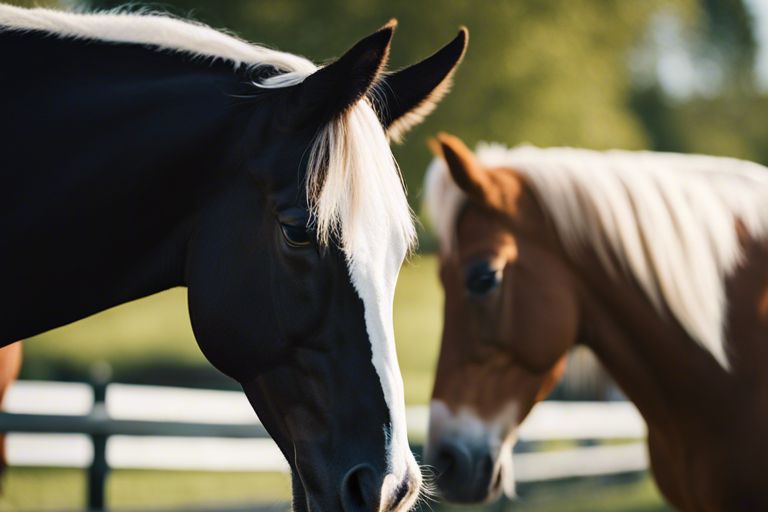
Training and Management
All farm animals have unique needs when it comes to training and management. For horses specifically, their gentle nature requires special handling techniques to build trust and create a strong bond between you and the animal. This is where horse whispering and gentle handling come into play.
Horse Whispering and Gentle Handling
Any successful horse trainer will tell you that patience and understanding are key when working with these majestic animals. Horse whispering is a method that focuses on building a relationship with the horse based on trust and mutual respect. By using body language, voice, and movement, you can communicate effectively with your horse and train them in a gentle and humane way.
Integrated Farming Practices and Rotational Grazing
Any farm that houses multiple types of animals can benefit from integrated farming practices and rotational grazing. The combination of different species on the same land can help improve soil fertility, reduce pests, and increase overall sustainability of the farm.
The implementation of rotational grazing, where animals are moved to different sections of pasture regularly, helps prevent overgrazing and allows for better utilization of the land. This practice not only benefits the health of the animals but also improves the quality of the pasture over time.
Management
The key to successful management of farm animals lies in understanding their individual needs and behavior. By providing proper nutrition, housing, and healthcare, you can ensure the well-being of your animals. Additionally, good management practices can increase productivity and efficiency on your farm, leading to better overall outcomes for both you and your animals.
Conclusion
Summing up, the relationship between horses and other farm animals is a complex and dynamic one. While horses may be seen as majestic beings, they are also creatures that rely on bonds and interactions with their fellow farmyard companions. Each animal plays a unique role in the ecosystem of the farm, whether it be the sturdy oxen plowing the fields or the loyal sheep keeping watch. Understanding and appreciating the interconnectedness of these animals can provide valuable insight into the agricultural world and the beauty of nature.
Next time you find yourself in the presence of horses and other farm animals, take a moment to observe their interactions and consider the valuable roles they each play. Whether it’s the gentle nuzzles exchanged between a horse and a cow or the shared grazing of sheep and goats, there is much to be learned and appreciated from the relationships that exist within the farm animal community. Embrace the symbiotic connections and the harmony of nature that unfolds right before your eyes.
FAQ
Q: What role do horses play on a farm?
A: Horses have traditionally been used for various tasks on farms, such as plowing fields, pulling carts, and herding livestock. They are also used for transportation and recreational activities.
Q: How do horses interact with other farm animals?
A: Horses can form bonds with other farm animals, such as cows, sheep, and goats. They may share pasture space, groom each other, and even provide protection to the herd.
Q: Do horses get along with pigs and chickens?
A: In general, horses can coexist peacefully with pigs and chickens, as long as they are properly introduced and have enough space to move around. Some horses may be curious about smaller animals like chickens, but conflicts can usually be avoided with proper fencing and supervision.
Q: Can horses help protect farm animals from predators?
A: Horses, being large and powerful animals, can help deter predators like coyotes and dogs by their presence alone. They are naturally protective of their herd and can alert other animals to potential threats.
Q: How can farm animals benefit from the presence of horses?
A: The presence of horses on a farm can have a calming effect on other animals, as horses are known for their calming presence and leadership within a herd. Additionally, horses can help teach younger animals social cues and provide companionship, reducing stress and promoting overall well-being among the farm animals.
